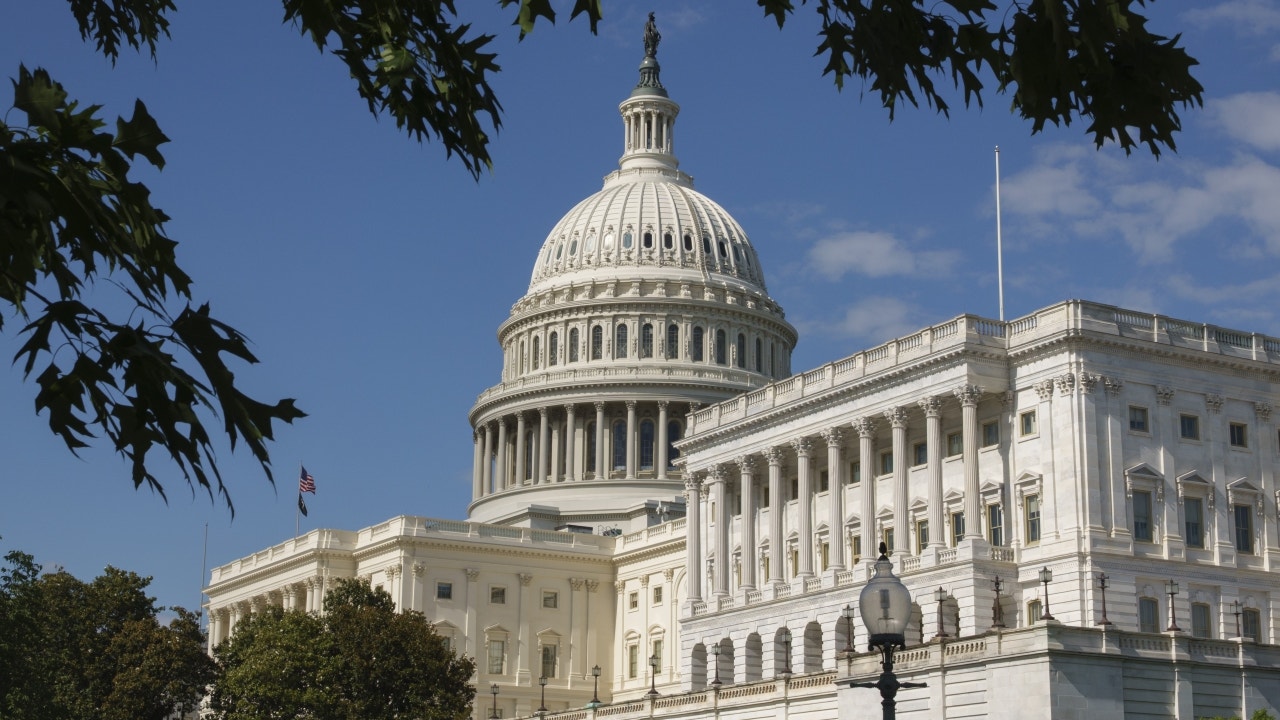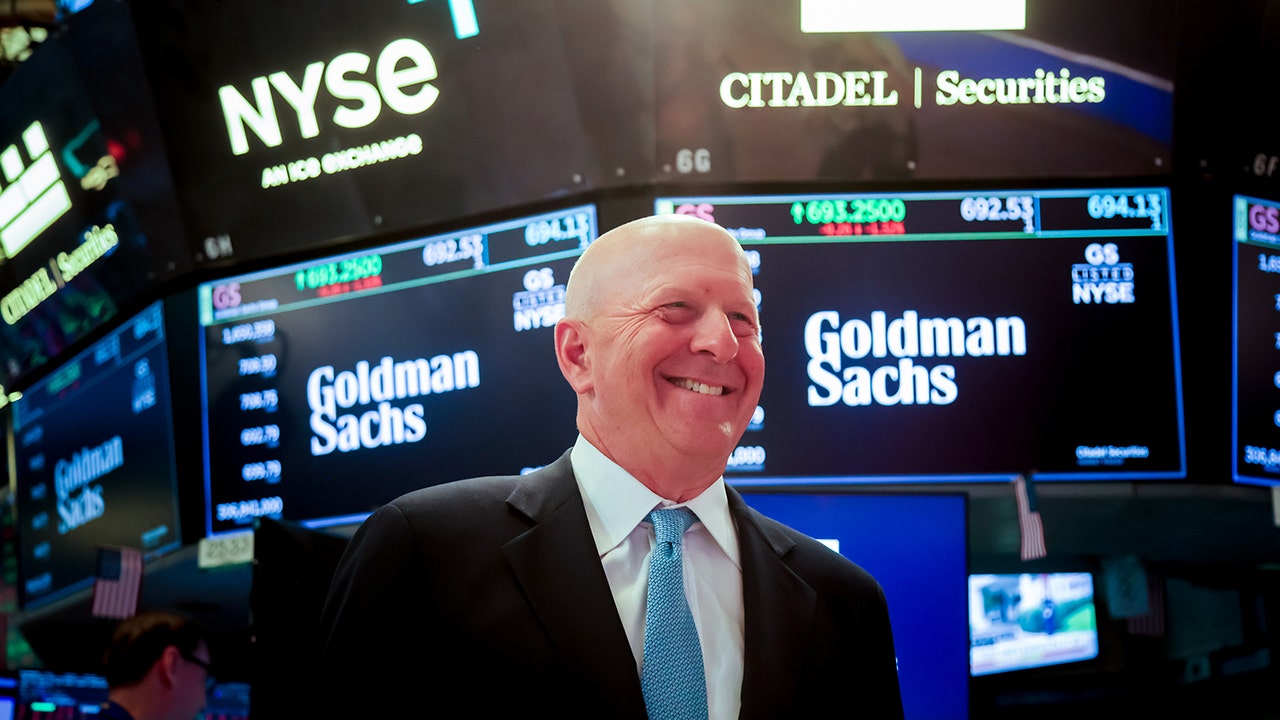Inflation increased slightly in May and remained above the Federal Reserve’s target rate ahead of the central bank’s next meeting this month.
The Bureau of Labor Statistics on Wednesday said that the consumer price index (CPI) – a broad measure of how much everyday goods like gasoline, groceries and rent cost – rose 0.1% in May compared with last month, while it was up 2.4% on an annual basis.
Those figures were slightly cooler than the estimates of economists polled by LSEG, while the annual CPI ticked up from 2.3% a month ago.
So-called core prices, which exclude more volatile measurements of gasoline and food to better assess price growth trends, were up 0.1% from the prior month and 2.8% on an annual basis, both below economists’ estimates of 0.3% and 2.9%, respectively.
The report showed that inflationary pressures in the U.S. economy remain persistent despite progress in bringing inflation closer to the Federal Reserve’s 2% target in recent years.
High inflation has created severe financial pressures for most U.S. households, which are forced to pay more for everyday necessities like food and rent. Price hikes are particularly difficult for lower-income Americans, because they tend to spend more of their already-stretched paycheck on necessities and have less flexibility to save money.
Food prices rose 0.3% in May from the prior month and were 2.9% higher on an annual basis. The food at home index and the food away from home index each rose 0.3% in May and were up 2.2% and 3.8% on an annual basis, respectively.
Egg prices decreased 2.7% in May, as the cooling trend continued after the industry saw rapid price growth last year due to an avian flu outbreak, which left prices 41.5% higher than a year ago. The index for meats, poultry and fish as well as the dairy index were each down 0.1% in May, while the fruits and vegetables index rose 0.3% and the cereals and bakery products increased 1.1% for the month.
This is a developing story. Please check back for updates.

















